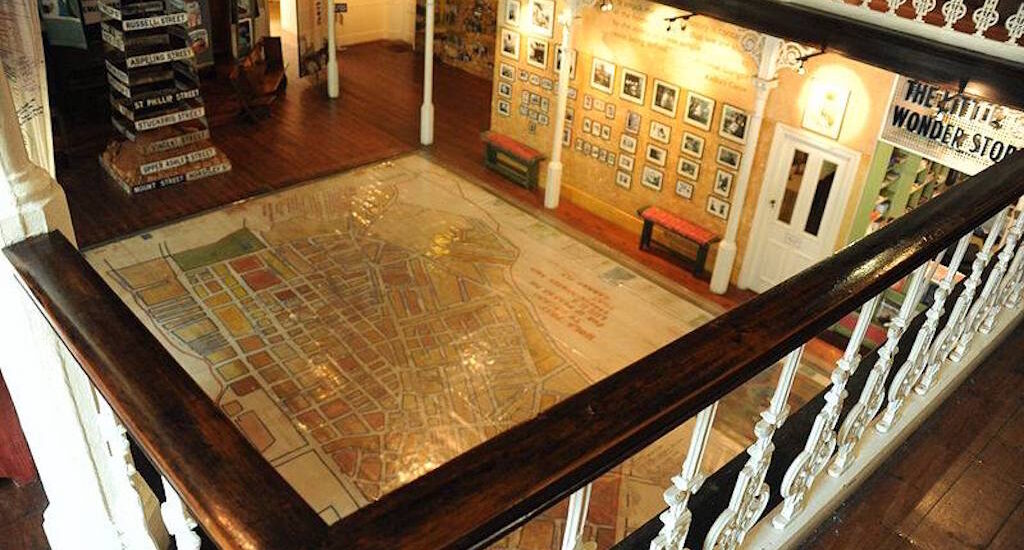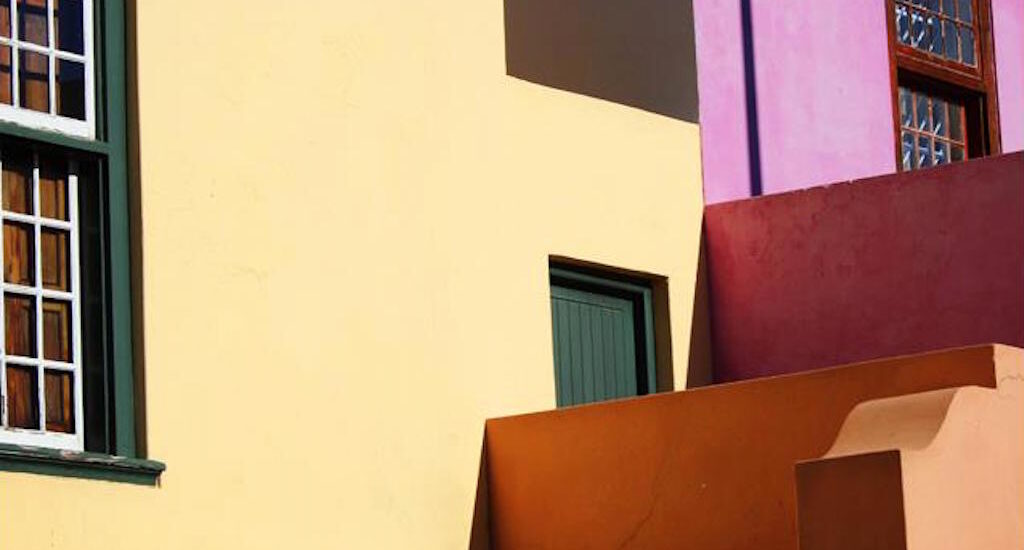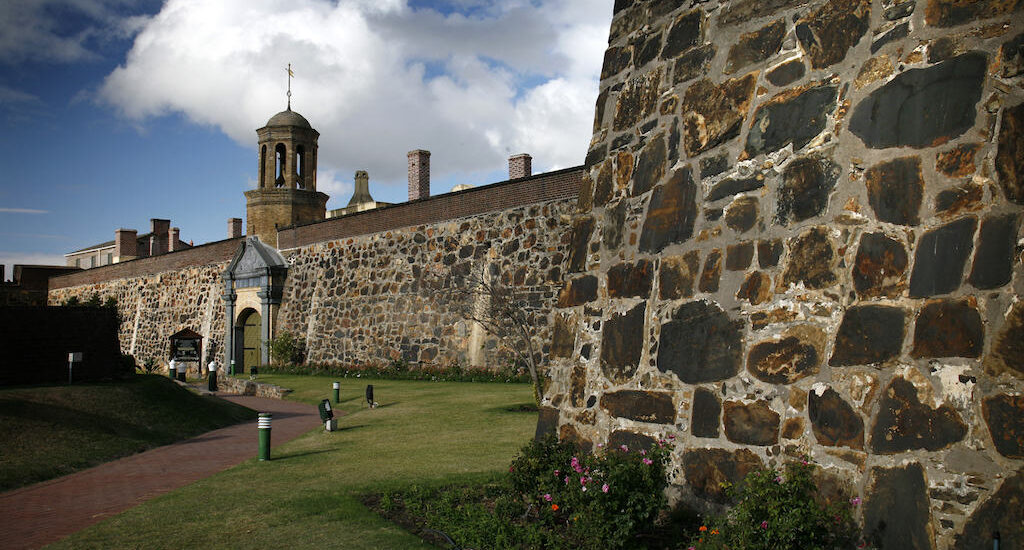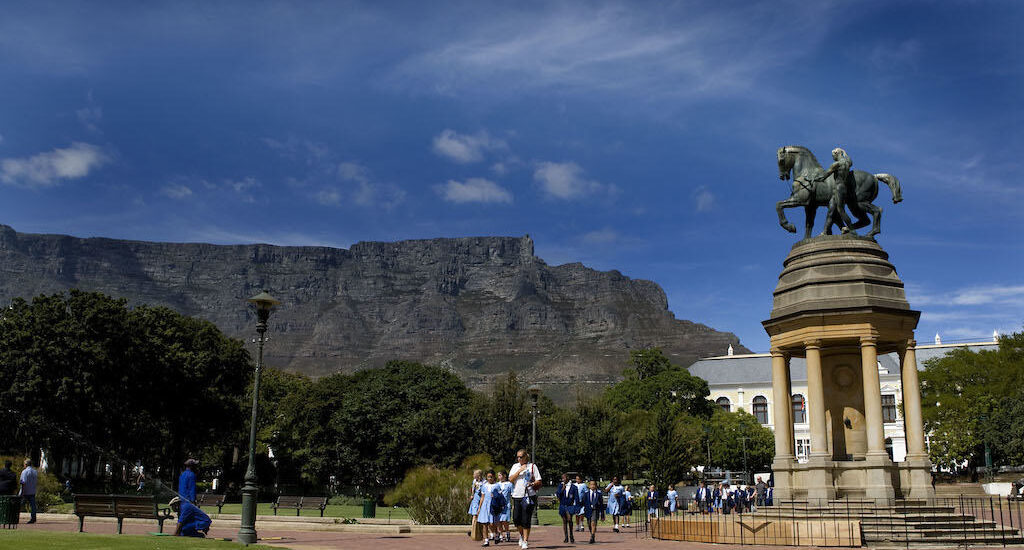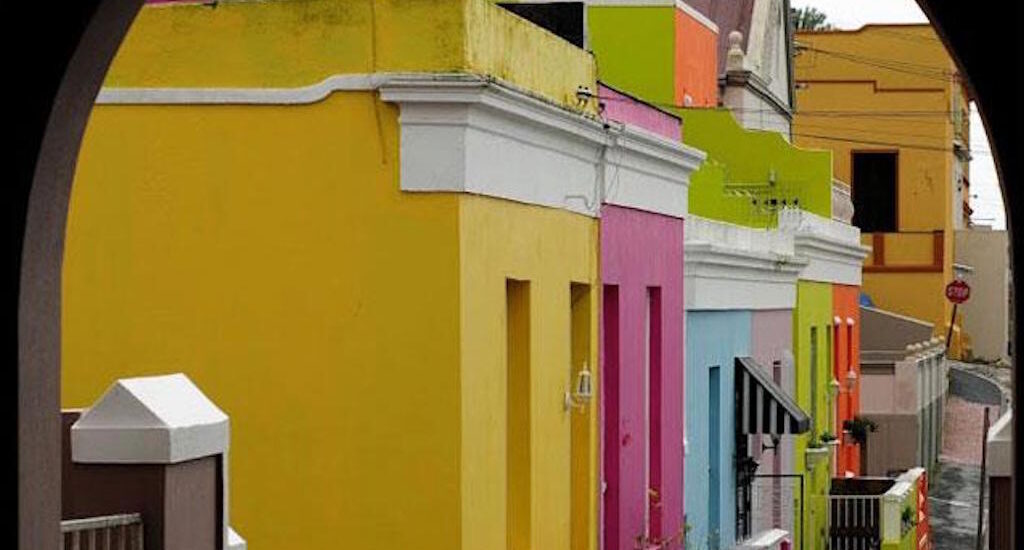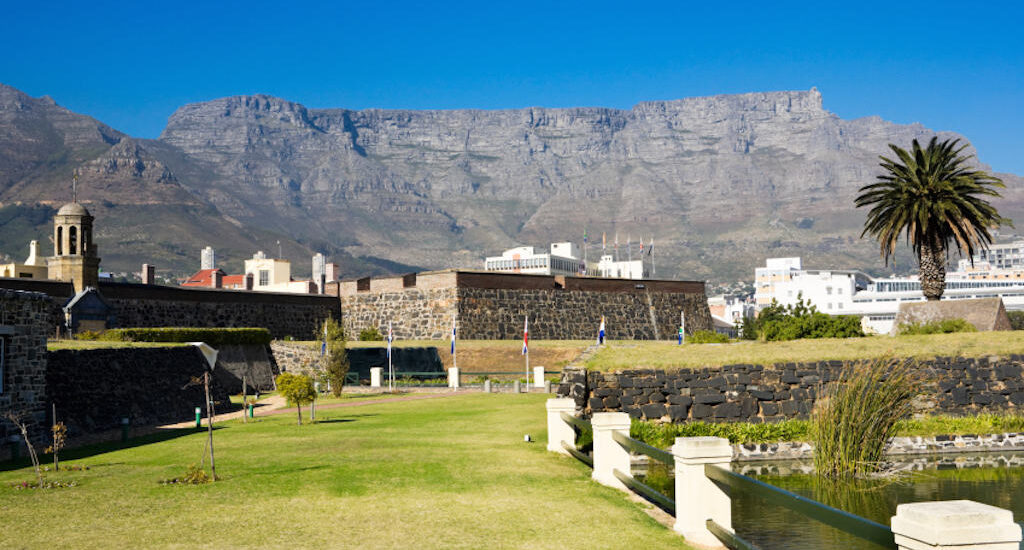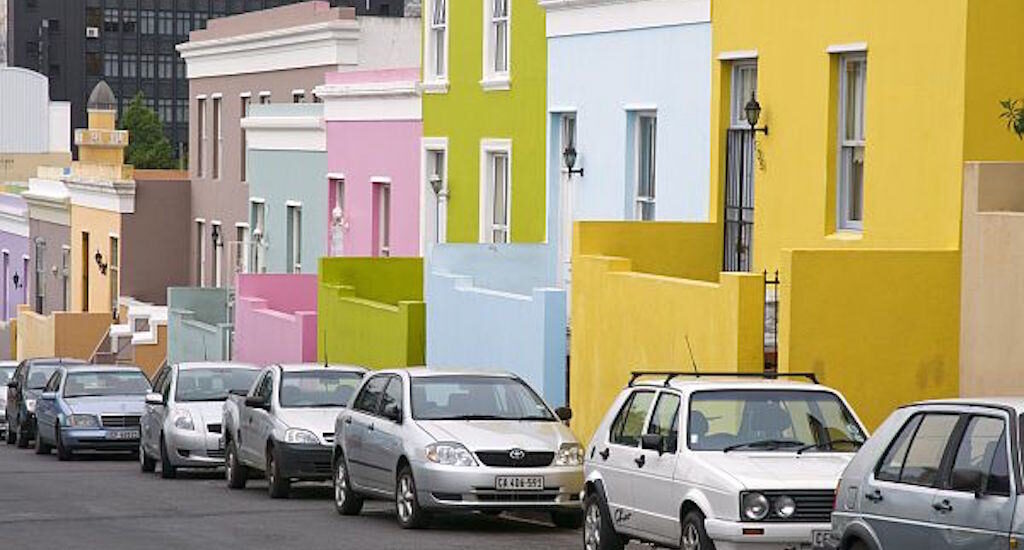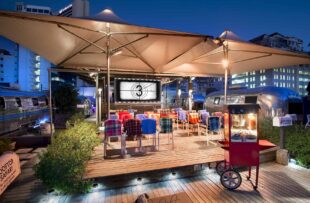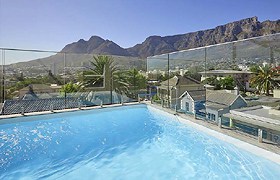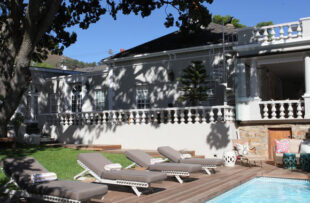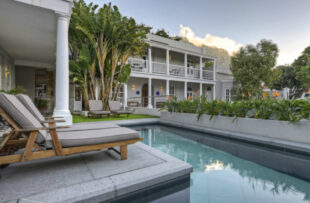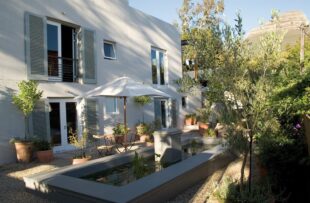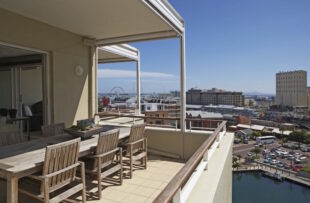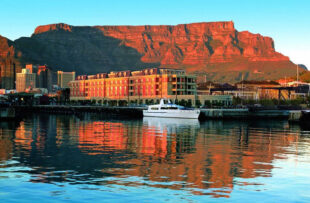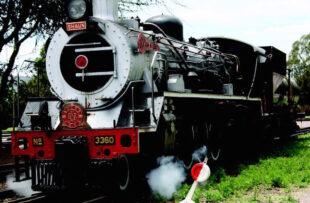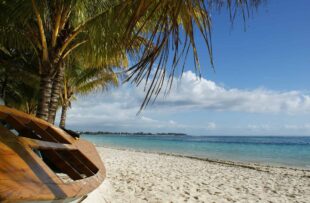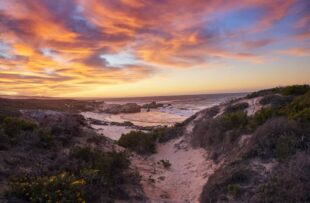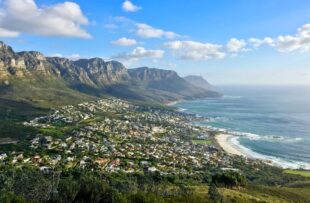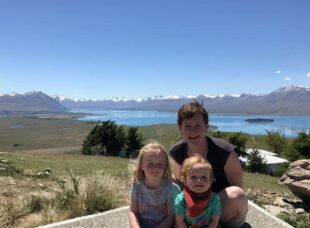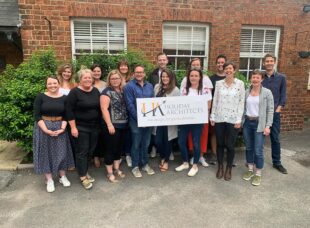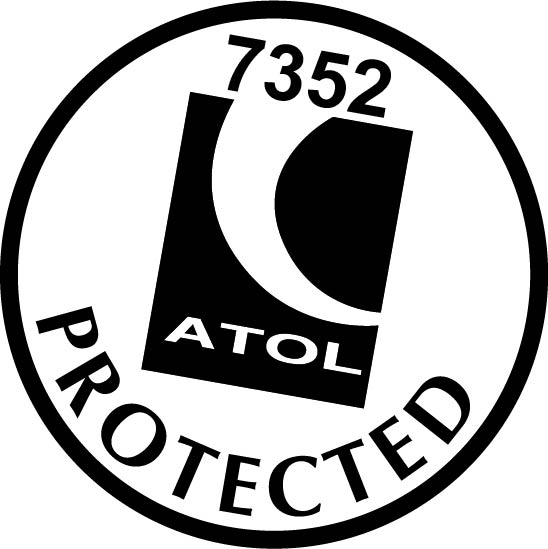First settled by Europeans in the 17th century, as a provisioning station for vessels travelling between Europe and the East Indies, there are monuments to all the stages of Cape Town’s history to visit. The original settlers were Dutch, and the Castle of Good Hope stands on the site of their original fortification for defending the nascent community. A star-fort, it was built on the coastline, but thanks to land reclamation it now lies in the heart of the city! The indigenous population were not very numerous and the early settlers were unable to subdue them or persuade them to work as labourers, so they imported slaves from the East Indies. These formed the roots of the Cape Malay community whose spiritual home is the Bo-Kaap quarter, with its distinctive houses, each painted a different vivid colour which originally identified the occupation of the owner. The Cape Malay are also Muslims, so you may hear the muezzin’s call as you tour the area. Other than Robben Island, the District Six museum is a good introduction into the history of apartheid. Originally a run-down area populated by the coloured community and a magnet for musicians, poets and artists, it was declared a white area by the apartheid government in 1965, and the buildings razed to the ground, their occupants relocated to the Cape Flats townships. Such was the international outcry at this, that the site was never developed, and today the ghostly outline of the streets and buildings can be seen in the grass that covers the area. The museum tells this story through photographs and the experiences and stories those displaced residents: moving and educational tales.
Self drive or organised tour, please contact us for more details.


